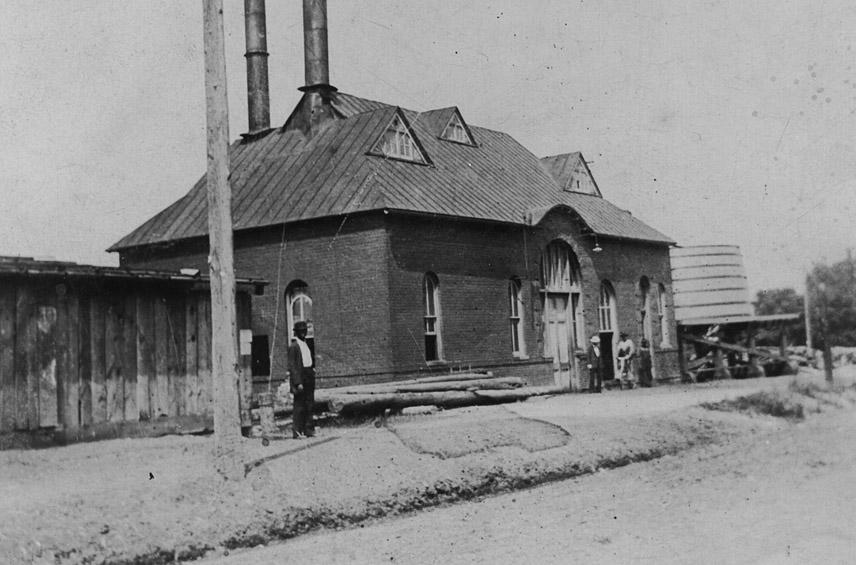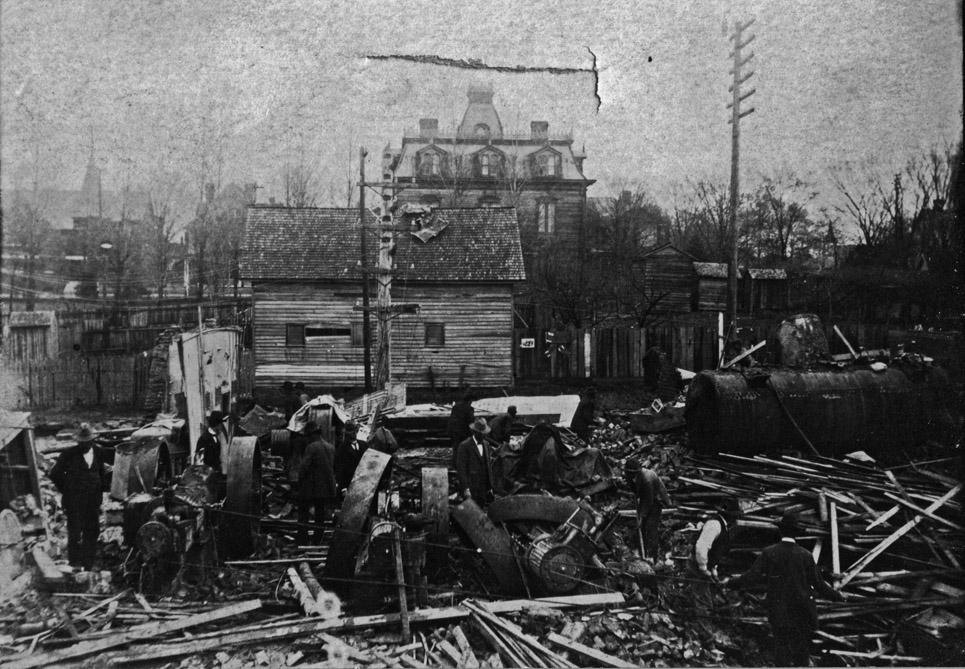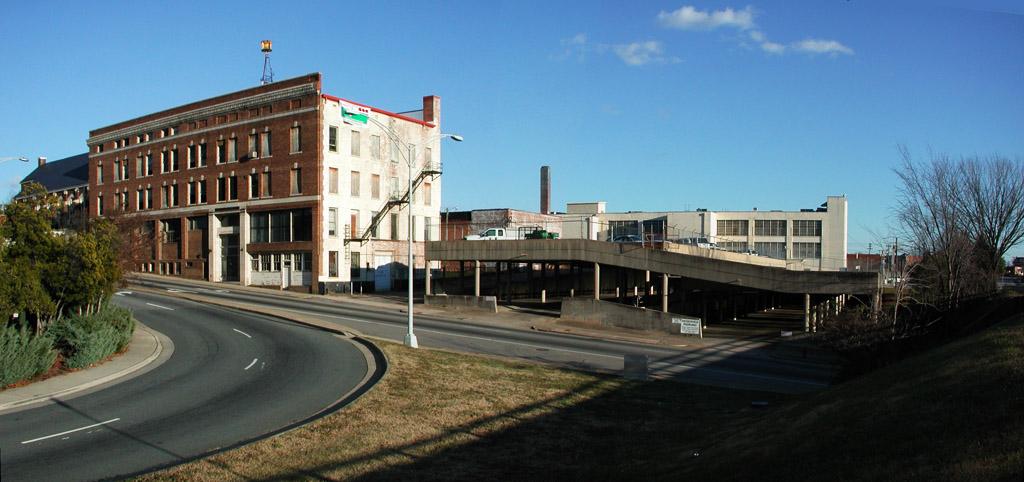Support OpenDurham.org
Preserve Durham's History with a Donation to Open Durham Today!
OpenDurham.org is dedicated to preserving and sharing the rich history of our community. Run by our parent nonprofit, Preservation Durham, the site requires routine maintenance and upgrades. We do not ask for support often (and you can check the box to "hide this message" in the future), but today, we're asking you to chip in with a donation toward annual maintenance of the site. Your support allows us to maintain this valuable resource, expand our archives, and keep the history of Durham accessible to everyone.
Every contribution, big or small, makes a difference and makes you a member of Preservation Durham. Help us keep Durham's history alive for future generations.




Comments
Submitted by Anonymous (not verified) on Wed, 12/19/2007 - 3:48pm
The significance of Duke Power coming in was that the electricity was generated at hydro projects in the western part of the state. Up to that time, every town had a powerhouse (which must have been pretty noisy and smoky!). They disappeared quickly as Duke Power and Carolina Power and Light took over town and city franchises.
Duke University today operates a coal-fired plant in the middle of the Medical Center. I know it produces steam but I don't know about electricity.
Add new comment
Log in or register to post comments.